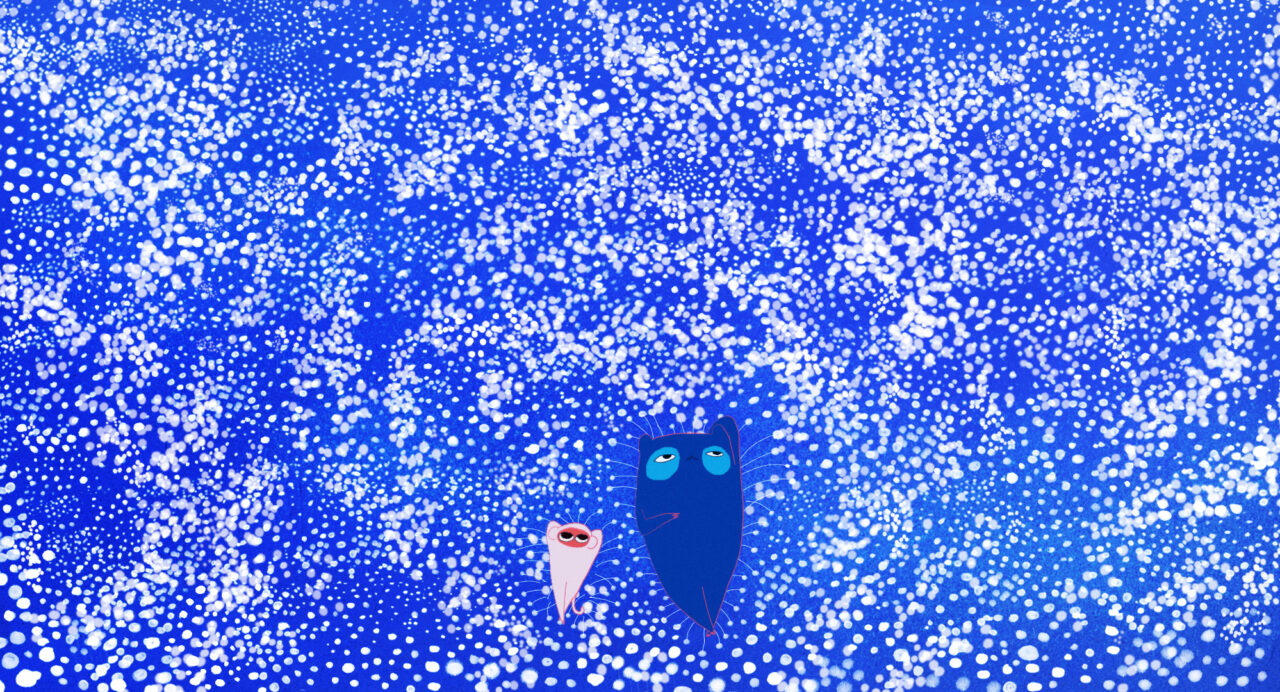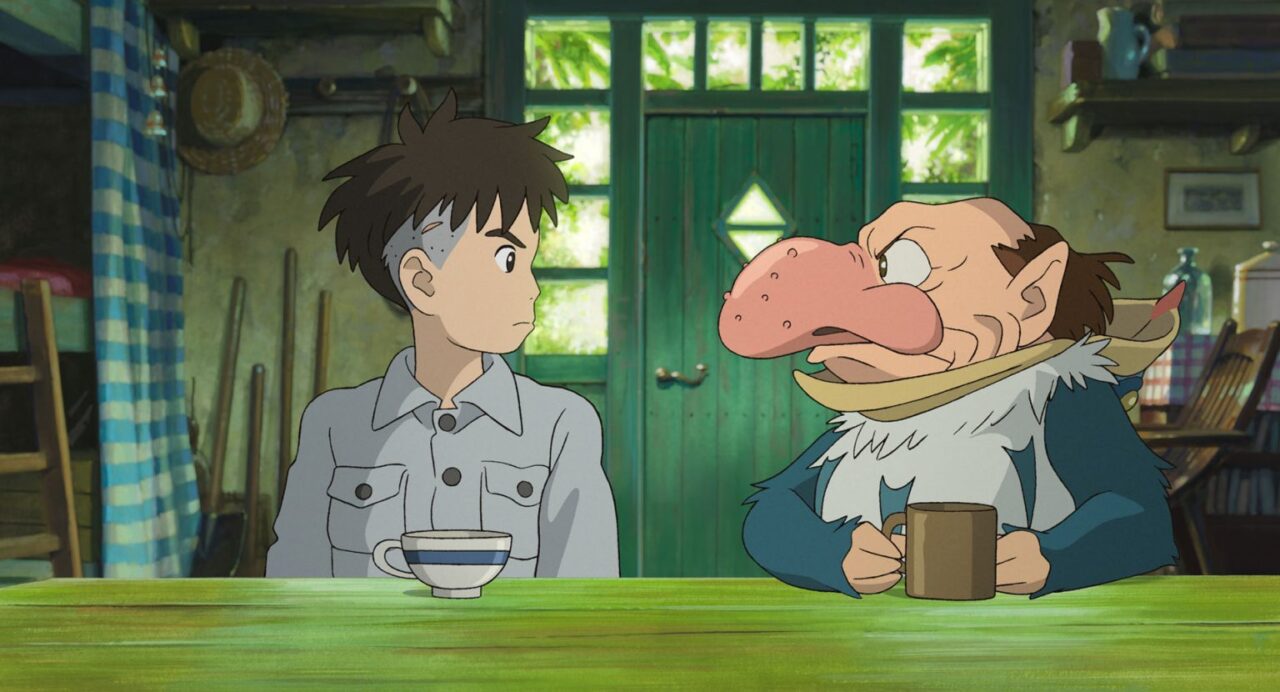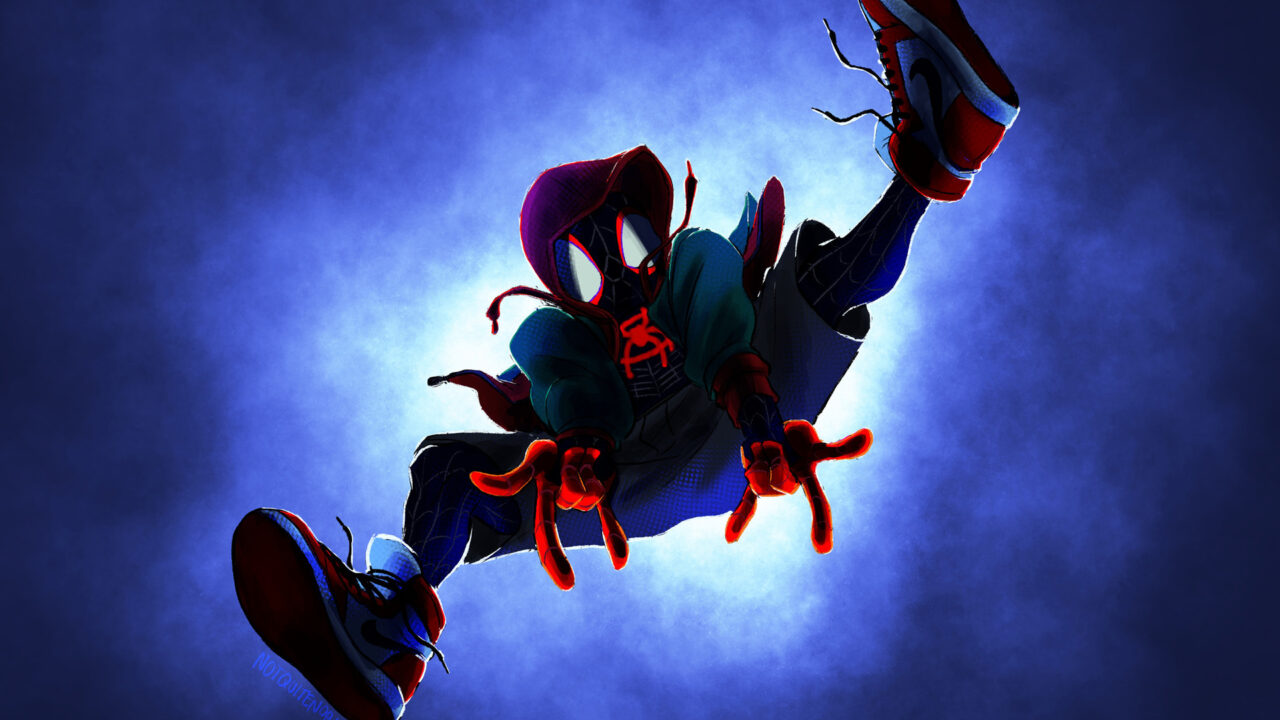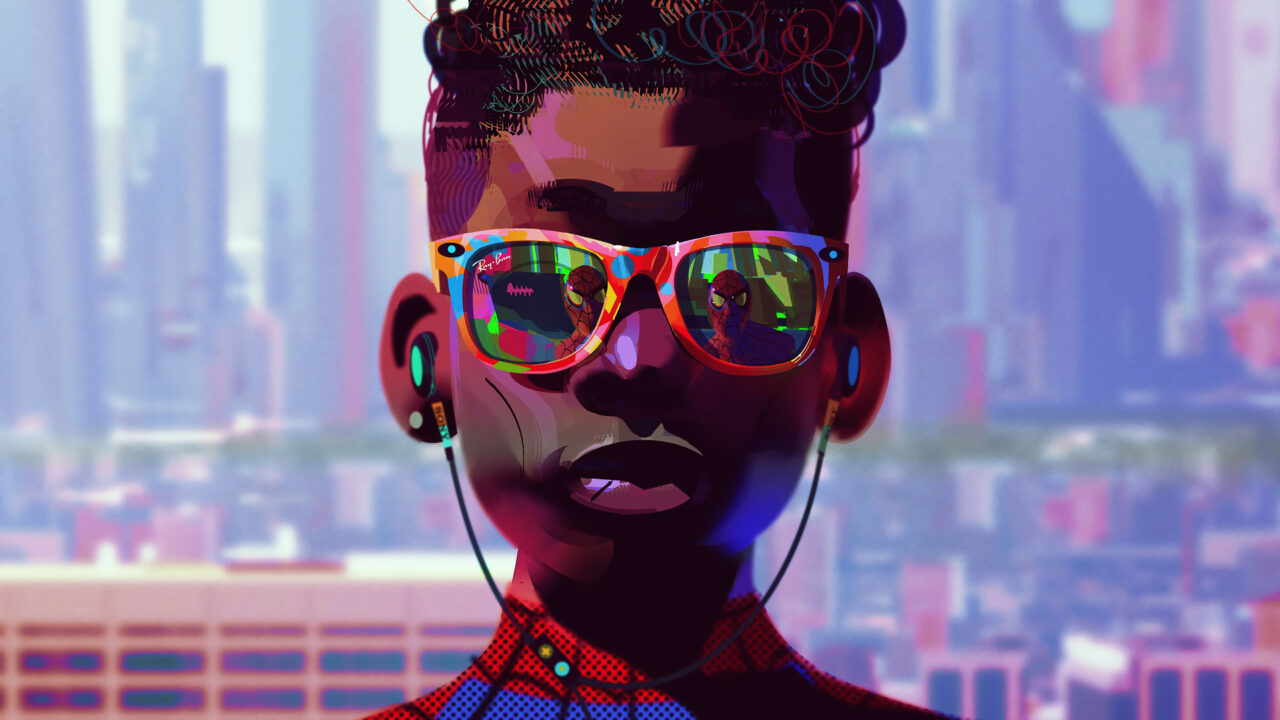France is one of the largest importing and exporting country of animation in the world, with its major studios – such as Fortiche or Illumination – and the massive influence of Japanese culture in the country. But what drives this prominence in animation? Several factors can explain the prevalence of the genre in the French culture, ranging from its innovative plots to its accessibility and its visual appeal. Today’s article will dive deeper into the vital role of colour in animated films and its profound impact on viewers.
Symbolism
Colours in animation are a powerful tool to reinforce a film’s message and emotional landscape. Unlike live-action films, where colour palettes may stick more closely to realism, animated filmmakers have the freedom to exaggerate or alter colours to enhance some form of emotional resonance in the audience.
For example, colour choices can act as emotional cues:
- Red often symbolizes passion, love, or anger, making it a popular choice for intense scenes.
- Blue, on the other hand, usually represents sadness or calmness, setting a reflective atmosphere.
Not only do these choices communicate emotions but they also deepen the narrative. A character surrounded by dark shades of blue might suggest their internal struggle and act as a way to enhance the viewer’s empathy. This layered use of colours can transform a simple scene into a rich emotional one.

Audience Perception and Reception
It is also important to recognize how cultural perceptions of colours vary globally.
While, as mentioned above, red might signify passion and love in Western cultures, it can represent good fortune and joy in many Asian contexts. Different audiences may interpret colours in completely different ways, according to their personal experiences. Children, being usually more sensitive to bright colours and bold hues, may respond to colours differently than adults, impacting their understanding of the story. This multitude of interpretations enriches the viewing experience and provides an explanation as to why animated movies can be perceived so differently from one person to another, and therefore, enjoyed by all age groups and all cultures.
A Striking Visual Identity
In the realm of animated films, colour plays a critical role in establishing a distinct visual identity. The widely acclaimed Japanese Studio Ghibli, for example, is renowned for its unique colour palettes which have become a hallmark for the studio. The use of soft pastel colours combined with dreamy landscapes and charming characters contribute to the overall atmosphere of the movies.
Take, for instance, Miyazaki’s (co-founder of the Studio Ghibli) latest movie “The Boy and The Heron.” In this film, the colour palette shifts dramatically to reflect the themes of war and trauma. The muted tones emphasize the sombre atmosphere, pulling the audience into the gravity of the story. As the story transitions to more magical elements, the colours brighten and shift, steering viewers away from the harsh realities and inviting them into a whole different world.

The Example of the Spiderverse Animated Movies
The Spiderverse animated films are an exemplary case study of colour’s multifaceted role in animation. These films combine unique art styles, innovative shading techniques, and a vibrant colour palette that immerses viewers in a comic-book-like experience. The use of colour goes beyond mere aesthetic purposes; it plays a critical role in character differentiation and emotional storytelling.
For instance, the strategic use of black and deep purples often indicates danger or malevolence, providing viewers with visual cues that foreshadow plot twists. This use of colour not only enhances the narrative but also engages more seasoned viewers, inviting them to look for deeper meanings and connections throughout the movies.
Moreover, colour shifts can reflect character emotions with more intensity than words ever could. In moments of overwhelming stress, the colour palette tends to become harsh and dominated by bright, primary colours, mirroring the characters’ anxiety. This technique creates an immersive experience, as the audience can feel the emotional intensity through the visual language.
Each character is frequently associated with a specific colour scheme that reflects their personality. By intertwining these colours throughout the film, animators manage to visually communicate the dynamics between characters, taking the character development to another level.

The Future of Colour in Animation
As animation continues to evolve, so will the use of colour. Advancements in technology, despite being a threat on several different levels, offer filmmakers unprecedented opportunities for innovative and expressive colour choices, allowing for even more nuanced storytelling in animated mediums.
In summary, colours in animated films do far more than embellishing the screen; they deepen emotional connections, enhance storytelling, and reflect cultural and individual narratives. This multifaceted role of colour shapes how we experience and understand these films, inviting audiences to explore the visual and narrative richness that animation has to offer.
Maëlle Millet

